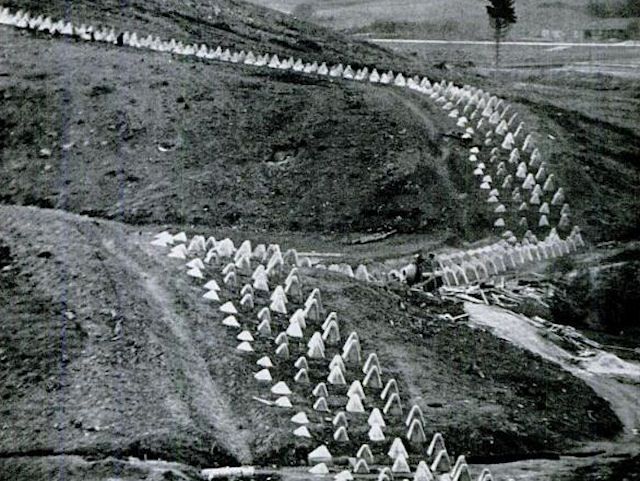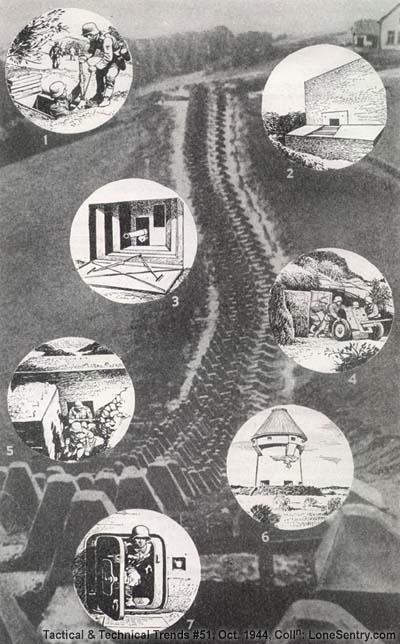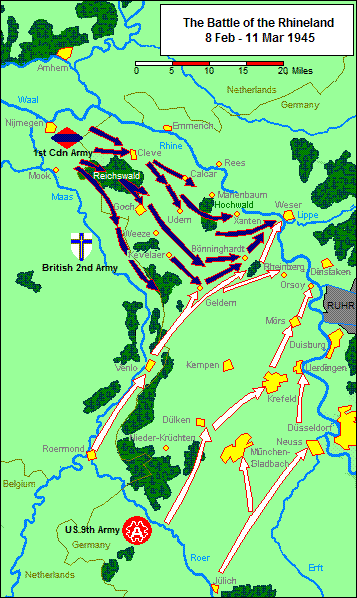The time has come to close off the studying of Canada’s involvement during World War 2. The teachers have given each of us an assignment. The options were to write a blog post on one of three points that Canadians helped in bringing the Nazi regime of Germany to a close. I decided to do The Rhineland Campaign, a large Allied effort to break break the Siegfried line and capturing the Rhine.
It was February 1945, the Allies mastermind a plan that will capture the Rhine. The plan was for British, Canadian, and American troops to attack in two formidable thrusts that would envelope the Rhine. The First Canadian army was ordered to spearhead one of these thrusts along with 3 other British divisions. The combined force was the biggest commanded by any officer of the Canadian Army. The Siegfried line stood in their way, the best defensive German defensive emplacements were deployed their. It represented a 4 month build up of troops, defensive structures, planning, and prewar preparations by the Germans on the line. Under the code name Veritable, this operation was intended to be a decisive blow to any more substantial defense that the Germans could muster on the western front.
All the Allied forces began their attack on February 8th. Artillery barrages preceded the assault of troops. The Americans who were attacking as part of the second thrust were delayed by the weather which flooded places up to 3 feet deep (0.91 meters) which made the ground muddy and hard to walk on. Nonetheless, the Canadians and their British counterparts forced their way through the German defenses which caused the outer defenses of the Siegfried line to break. The British division’s attack slackened but the Canadian force took up the slack. The force continued to advance through the Siegfried line and finally managed to break it on March 10th. On that day, the Germans blew up some bridges to cover their retreat further back in the east bank of the Rhine.

The “Dragons Teeth” of the Siegfried line, these were mainly used to prevent Allied vehicles from moving across it.
While the operation was a success, there were losses to the First Canadian Army. They took 15,634 out of which 5,304 were Canadian. While there were losses, this operation by mainly the Canadians forced the Germans out of their last major defensive line. German casualties numbered to 90,000 while dealing a total of 23,000 Allied casualties across all the Allied forces that participated in the battle.

Some examples of German defensive positions along the Siegfried line. Bunkers, anti tank guns, watch towers, trenches, and machine guns were just a few of what the Germans had in store for the allies.
Below is a quote from General Eisenhower who justified the operation.
“In planning our forthcoming spring and summer offensives, I envisaged the operations which would lead to Germany’s collapse as falling into three phases: first, the destruction of the enemy forces west of the Rhine and closing to that river; second, the seizure of bridgeheads over the Rhine from which to develop operations into Germany; and third, the destruction of the remaining enemy east of the Rhine and the advance into the heart of the Reich. This was the same purpose that had guided all our actions since early 1944.” Eisenhower

